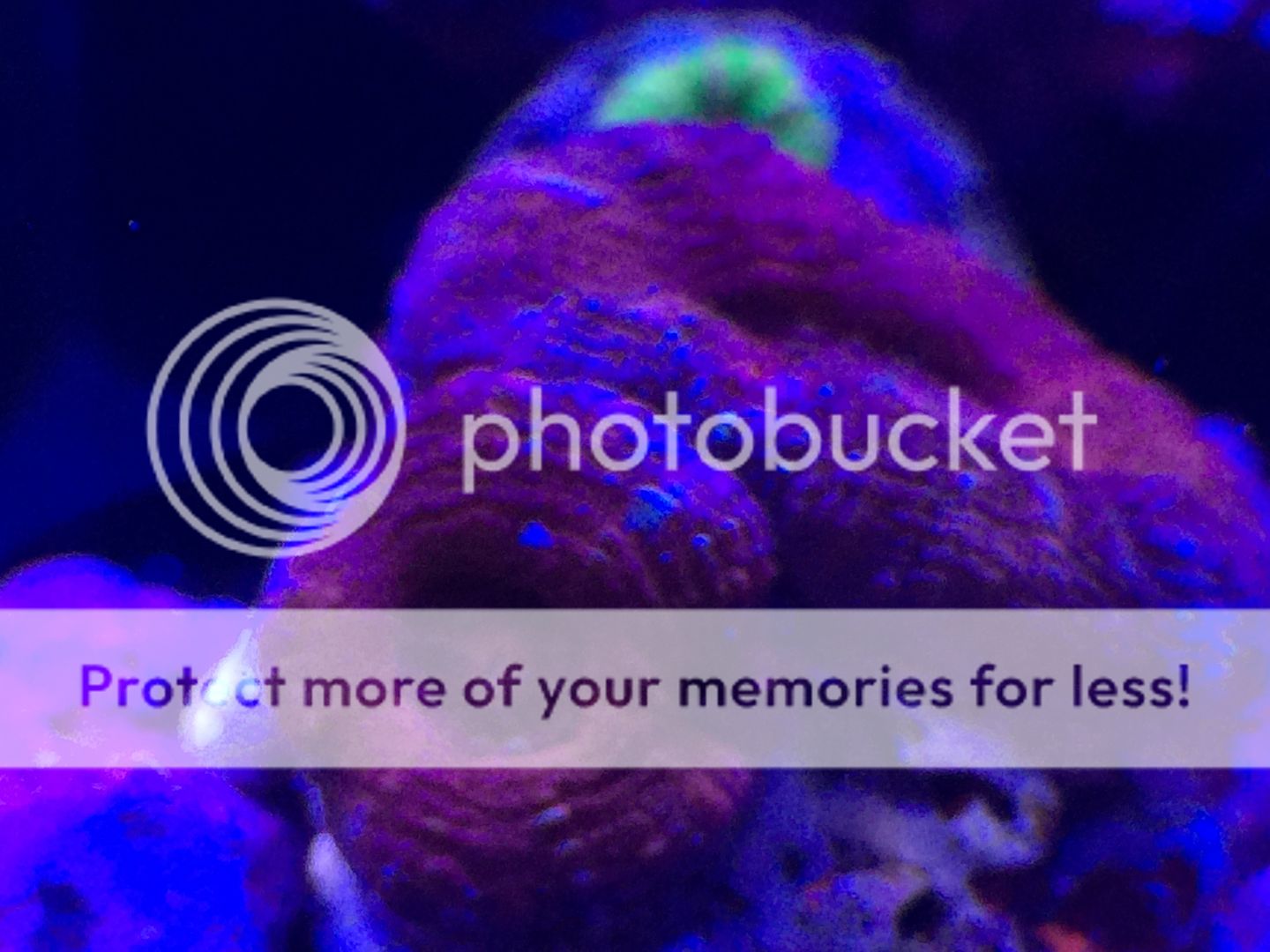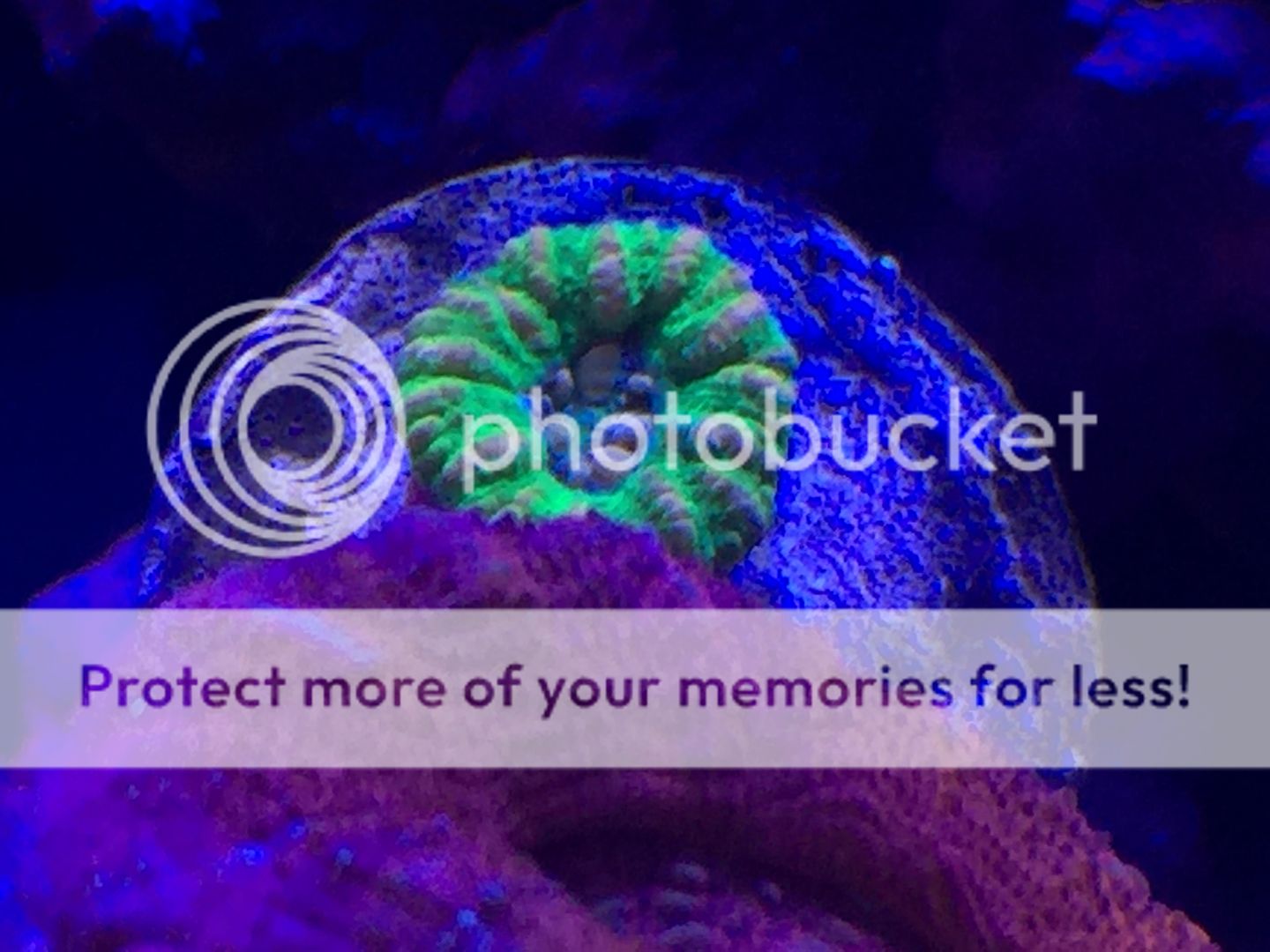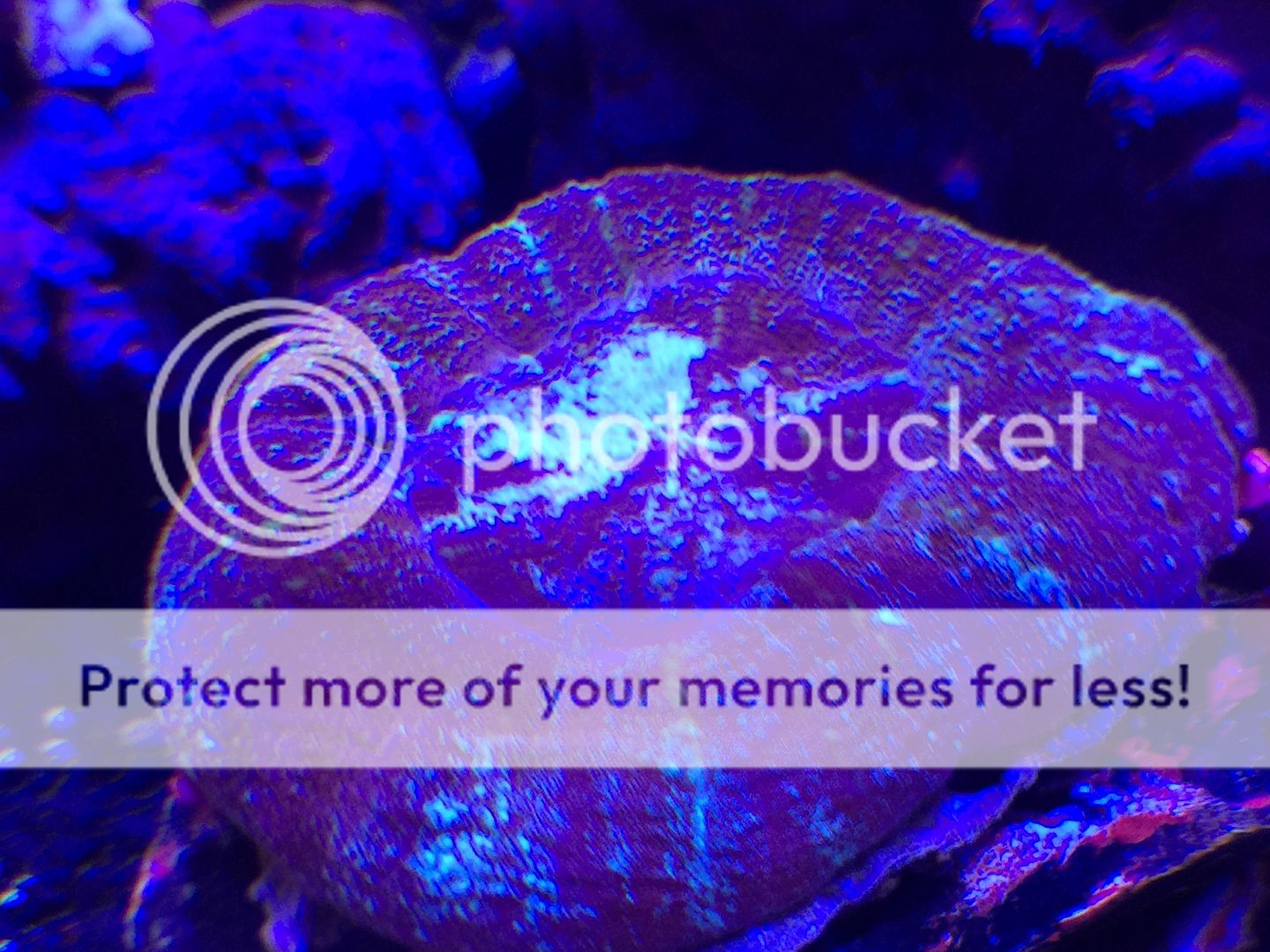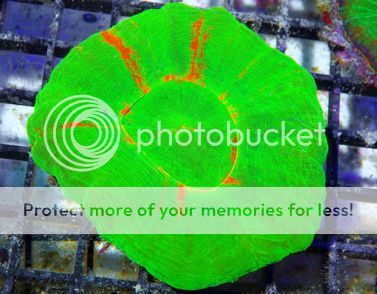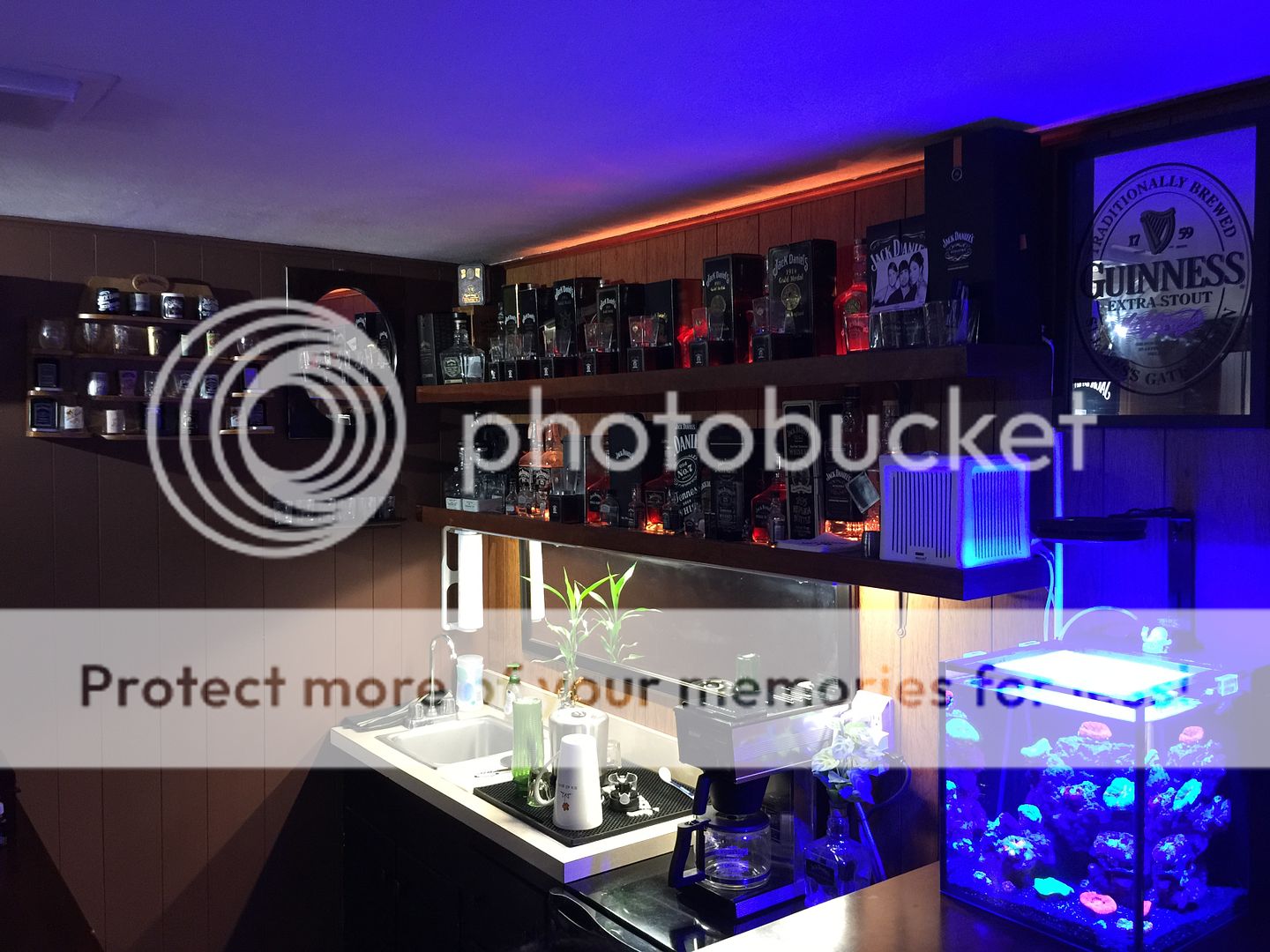Tweaked
FUP&A Member
Bar tank 3.0
Figured I would start a build thread on our new little tank. This tanks theme will be deep water.
Equipment:
Fusion 10 gallon AIO
Stock Return
Spin Stream
50w Heater
AI Prime
AI Prime Mount
Filtration:
InTank Media Basket
Floss
Chemi Pure
Walt Smith Project Reef Rock 2.1
Black Hawaiian Arag Alive Sand

The tank will be low flow trying to avoid another plug and power head. It will be low light and only blues, the light that penetrates the deeper part of the reef. This should help in inhibiting any algae growth as well. And finally a lower temp which is found on the deeper shaded parts of the reef.
Our species only does include one fish however. We decided to keep with the deep water theme and keep a Liopropopoma Swalesi. Collected deeper, this is one amazing fish and is already out and exploring the tank.
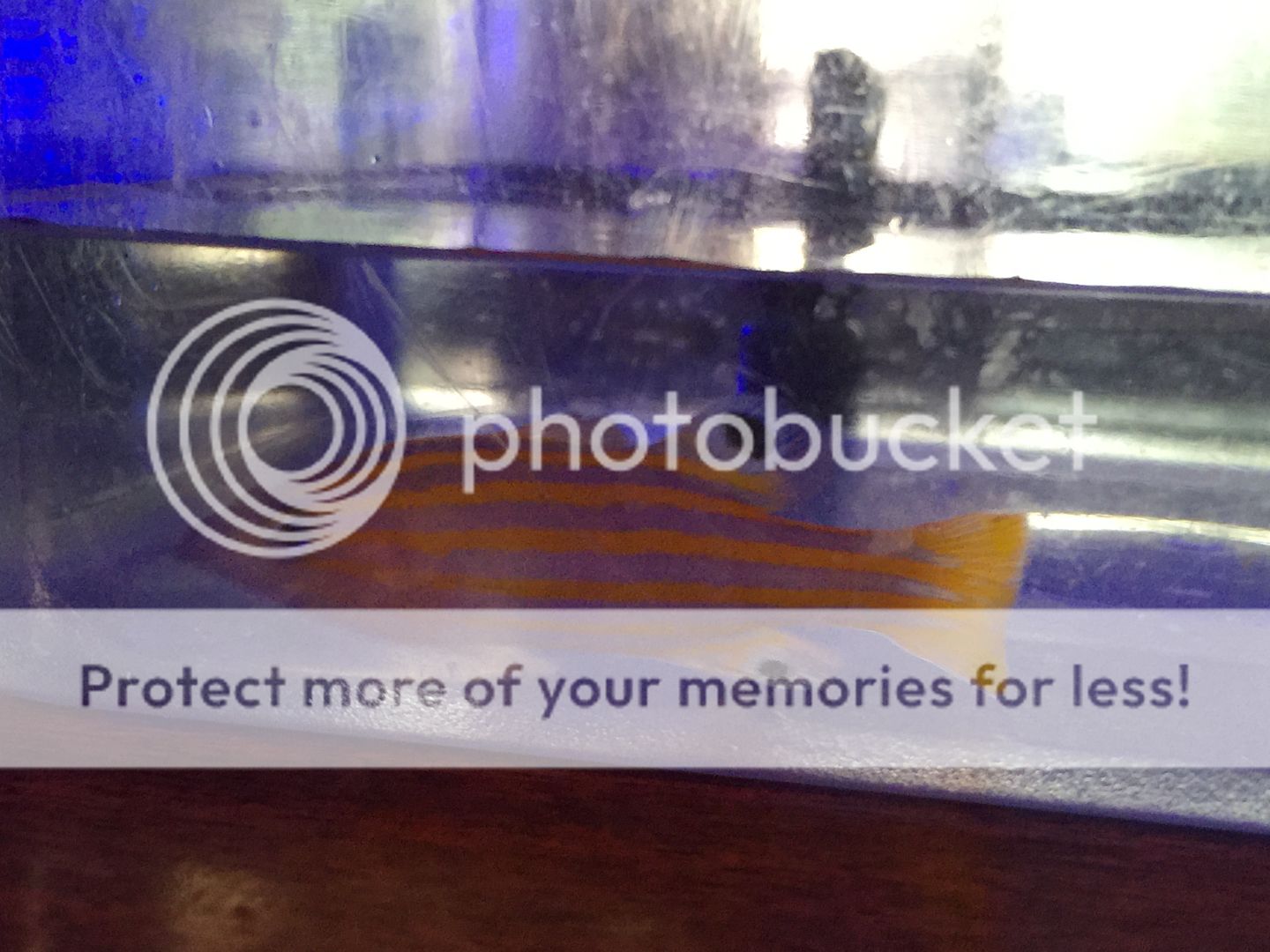
And finally the coral. This coral can be a tough one to keep, and studies have starting pointing to the higher light and flow in our tanks a possible cause to the struggles with long term health. This single animal is found on the shadier sides of the reef, in deeper waters where only the blue rays of the sun reach, and experience a lower flow of water in the reef. Our tank will house only Scolymia.


Figured I would start a build thread on our new little tank. This tanks theme will be deep water.
Equipment:
Fusion 10 gallon AIO
Stock Return
Spin Stream
50w Heater
AI Prime
AI Prime Mount
Filtration:
InTank Media Basket
Floss
Chemi Pure
Walt Smith Project Reef Rock 2.1
Black Hawaiian Arag Alive Sand

The tank will be low flow trying to avoid another plug and power head. It will be low light and only blues, the light that penetrates the deeper part of the reef. This should help in inhibiting any algae growth as well. And finally a lower temp which is found on the deeper shaded parts of the reef.
Our species only does include one fish however. We decided to keep with the deep water theme and keep a Liopropopoma Swalesi. Collected deeper, this is one amazing fish and is already out and exploring the tank.

And finally the coral. This coral can be a tough one to keep, and studies have starting pointing to the higher light and flow in our tanks a possible cause to the struggles with long term health. This single animal is found on the shadier sides of the reef, in deeper waters where only the blue rays of the sun reach, and experience a lower flow of water in the reef. Our tank will house only Scolymia.








